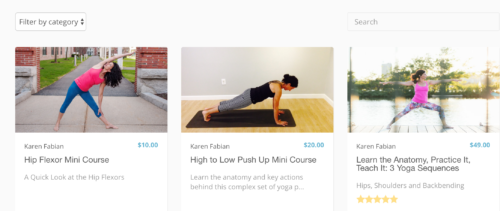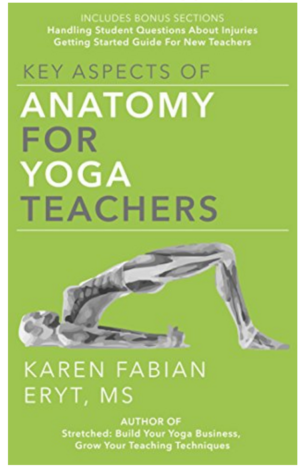One of my favorite questions after class is this one:
“Hey, what can I do for tight hips?
I love this question on so many levels. One, I love getting questions. Two, the more I understand anatomy, the more I recognize some of the challenges present in this question. It’s a trick question of sorts, but many students don’t realize it.
Why it is a trick question?
Well for one, “tight”… what exactly does that mean?
And, for two, the hips can move through a variety of movements, since the joint is a ball and socket joint. So, if someone is experiencing something uncomfortable (we’ll just use that word for now) it’s always necessary to find out the action they are taking when they have this sensation.
So, let’s start out with some of the basics. Hips can:
Extend
Flex
Rotate in (internal rotation)
Rotate outward (external rotation).
Now, since there are many muscles that contribute to these different anatomical actions, I’m going to give you two of the more common concerns that I hear. The first one is an uncomfortable sensation when the hip is flexed. The second is an uncomfortable sensation when the hip is externally rotated. The other way I can describe some common interactions with students is they refer to “a tight psoas” or “piriformis syndrome.” It is indeed true that the psoas is a hip flexor and the piriformis is an external rotator. So, let’s take a look at these muscles individually.
The psoas is a flexor of the hip. It begins on the lower back and ends on the upper femur or thigh bone. Here is an image of where it is:
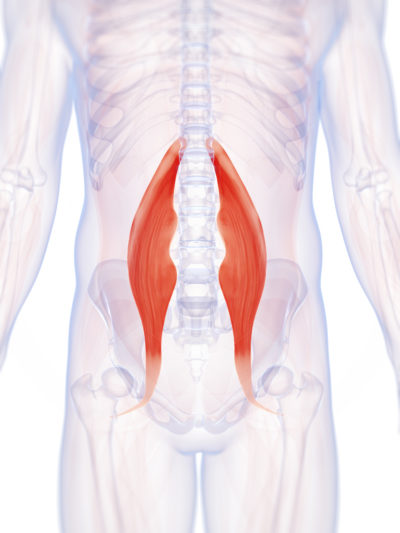
It’s action, when it contracts or “does its job,” is to draw the thigh closer to the belly, known as flexion of the hip. Because we do this action a great deal, as we sit, run or ride our bike (okay, so even if you don’t run or ride a bike, chances are, you sit a great deal) it can get overly contracted and not experience enough of the opposite movement, or extension of the hip.
So, if students complain that they feel discomfort in hip flexion, I might suggest some hip extension shapes like these:
Upward Dog
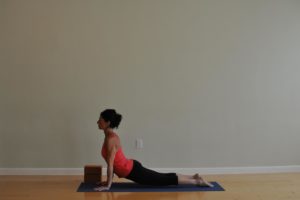
Camel
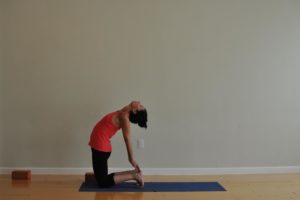
Bridge
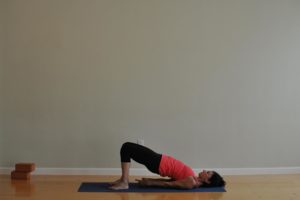
These three poses are pretty accessible hip extension shapes.
Now, piriformis syndrome is different in that the piriformis is an external rotator. When the hip externally rotates, it does this:
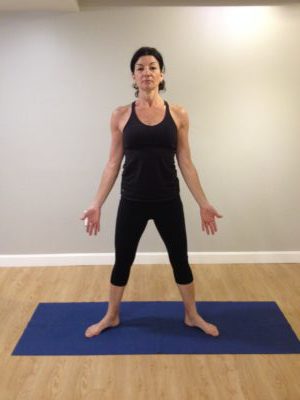
The piriformis is one of the muscles that connects your pelvis to your thigh bone. This is where it is in the body:
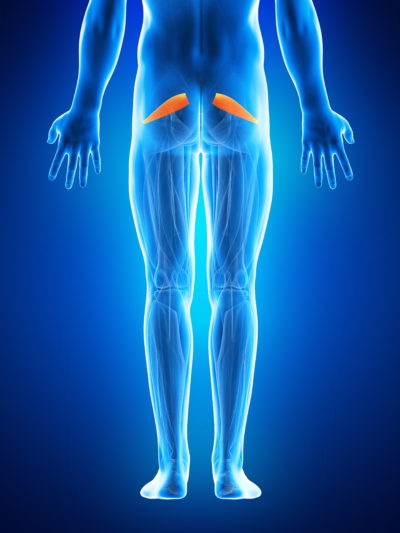
The piece that this image does not show, which contributes to the “syndrome” is that a major nerve, the sciatic nerve, runs through the muscle. So, if the muscle gets inflamed from overuse, it compresses on the nerve, thus leading to discomfort.
One of actions we can do to lengthen the piriformis is to turn the hips inward or internally rotate the hips. That would include shapes like these:
Eagle Pose:
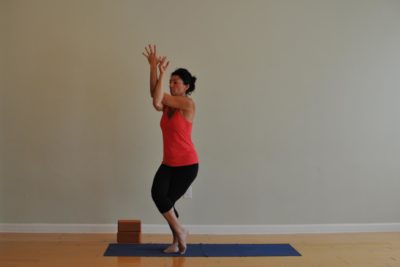
Cow Faced Pose:Â
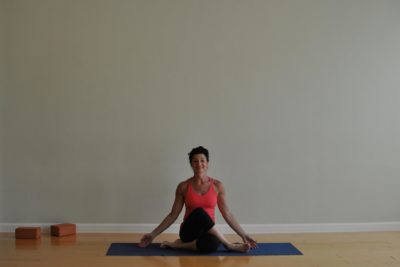
There is an additional challenge that these scenarios present as well. Sometimes muscles are not just overused but they are also weak. This can be a factor related to the big picture in terms of what’s going on with the person. In other words, is this person training for a marathon and they are complaining of hip flexor tightness? Or, are they someone who doesn’t really exercise regularly and they sit all day? This can be the difference between someone who has an overly contracted psoas or just a weak psoas.
As with all things, yoga teachers can only go so far in understanding what is going on with someone. I always suggest that a student consult with a medical professional for a full picture. Also, I usually suggest that both working and lengthening a muscle is a good way to evaluate what the possible source of the problem might be. In other words, as long as you find that after working, the pain isn’t too severe or much worse, start with moving the joint in both directions (so, in the examples above, it would be flexion and extension or external or internal rotation). Use that as a way to help understand what might the issue.
Do you like this kind of content? Great! I’ve got two other things that might interest you:
My online yoga anatomy courses: (click the image to be sent to the course page)
My FREE e book on yoga anatomy. It’s been downloaded over 2000 times! Â (click image)
I hope you enjoy both! Of course, if you have any questions or topics you’d like to see covered in a future post, please send me an email.
Thanks for reading!

